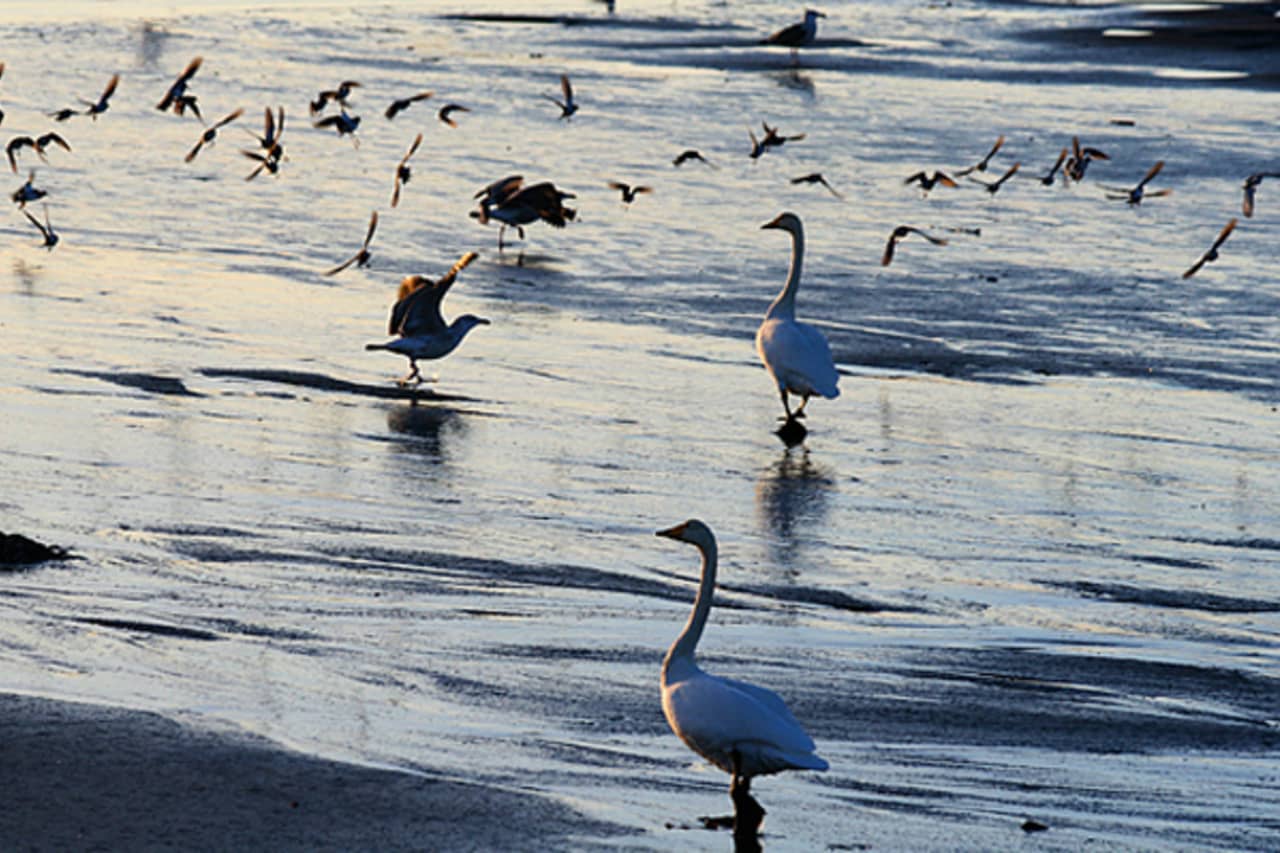Birdlife








On the Krýsuvíkurberg and Hafnaberg cliffs, thousands of seabirds nest each summer. The most common are guillemot, razorbill,Brünnich's guillemot, kittiwake, puffin, black guillemot, fulmar and cormorant. Krýsuvíkurberg is 50 metres high, and about 57.000 pairs of seabirds nest on these cliffs. The highest point of Hafnaberg is 43 metres, and its estimated population of seabirds is 6.000 pairs. Fourteen kilometres off the southwest of the peninsula is Eldey island, home to one of the largest gannet colonies in the world.
The gannet is the largest seabird in the north Atlantic ocean, and about 16.000 pairs nest each year on the island, which is only 0.3 km² in area, and up to 77 metres high. Often seen between the mainland
and the island are dolphins or whales blowing. The great skua and arctic skua are common in summer: scavengers snatching their food from other seabirds. By nature the skua is not able to dive for food like other seabirds. Other common birds on the coast are gulls, such as the great and lesser black-backed, glaucous and herring gulls.
The arctic tern is among the most common birds in the peninsula, mostly found in colonies on the tip of Reykjanes, east of Grindavík and between Garður and Sandgerði. Whimbrels which breed in the Suðurnes area spend the winter in Africa, and arctic terns migrate to the Antarctic. The golden plover, oystercatcher and snipe are migratory birds which are common in the area, while the purple sandpiper is one of the few Icelandic waders which does not migrate.
Among passerines, the redwing and snow bunting are common, and the starling remains in Iceland all year round. The largest passerine is the raven. The eider is by far the most common species of duck in Iceland. In the Suðurnes area the eider is economically important, as farmers harvest the valuable down from eider nests. The greylag goose nests in the lowlands, and the whooper swan is the only species of swan which breeds in Iceland.
